Leif Peng: Around the same time you were doing work for the men's adventure magazines you were beginning your relationship with Helen Wholberg as a representative, and she was representing you to the book publishers, is that right?
Shannon Stirnweis: Yes.
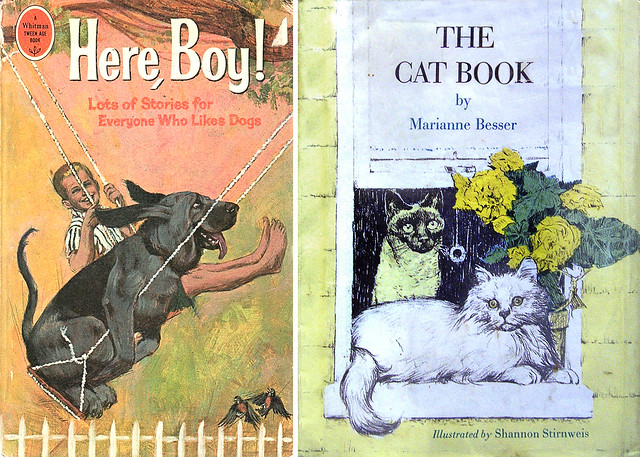
LP: Ok, when you say the book publishers, are you talking about paperback book publishers?
SS: No.
LP: Ok, you're talking about children's book publishers. I read you'd done thirty or thirty five children's books. Was one of the publishers Helen wholberg connected you with Whitman Publishing?
SS: Yeah, that's right.

LP: I've found several examples of that work. Can you give me a general idea of how big a time commitment that was, to do a painted cover and a series of interior illustrations for a typical Whitman's children's book?
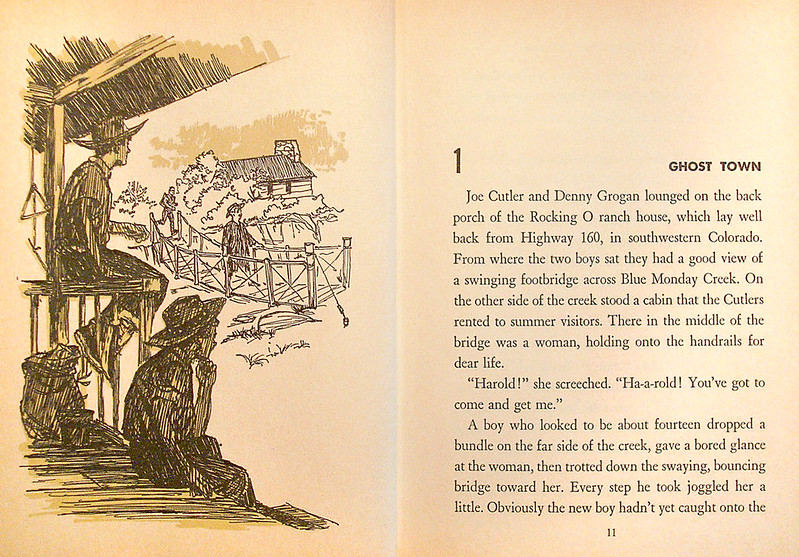
SS: Oh, it depended a lot on the book. Some of them were pretty loose, but others - I did a book on dogs called "Dogs of the World" - I had to figure out how to spec type on that one so I could lay the thing out.
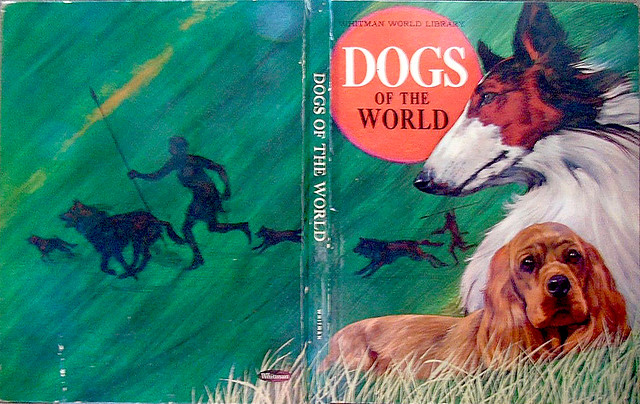
LP: So they really handed you the whole project - not just the illustrations.
SS: Yeah, the whole project. I managed to design it fairly well... I think. It started out I was only going to do certain kinds of illustration for that one and then it worked into being the whole book. But in terms of time, I think I had to do a spread and a half every day. It was real tight by the time we got the thing done.
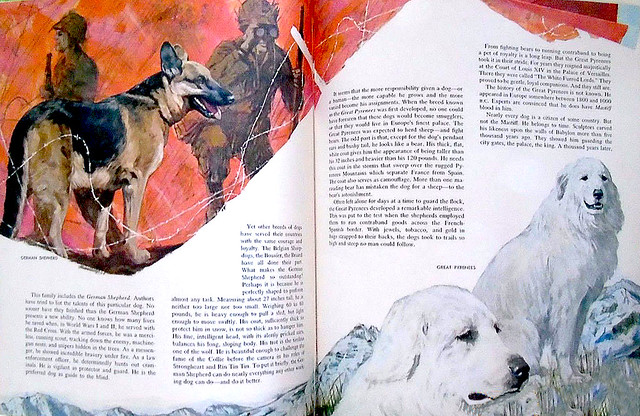
LP: Wow! I've seen some pages from your book of dogs and they were full paintings.
SS: Yeah. Well, they were illustrations in acrylic as opposed to painting in depth.
LP: Did you have to find live dog models for that or did you mostly use photo reference.
SS: I went to a lot of dog shows!
LP: So you did the book on dogs and I know you also did a book on cats, and then for Grumbacher you did a book on "How To Paint Dogs" and one on "How To Paint Cats."
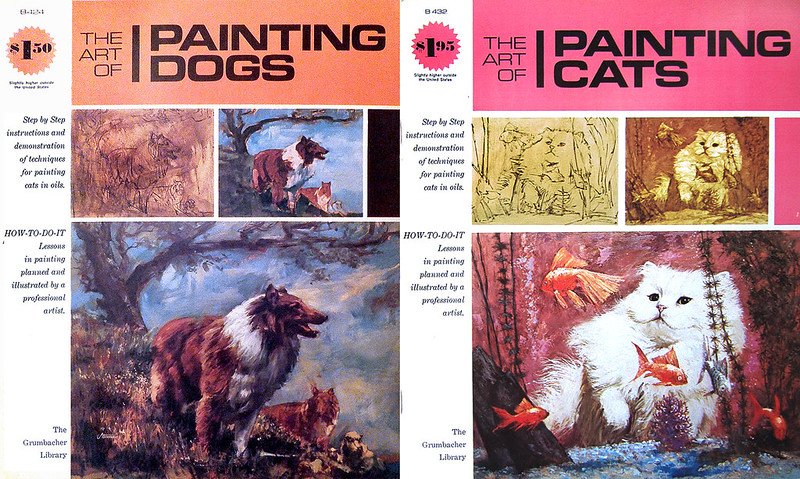
SS: Yeah, and another one on "How to Paint the Wild West."
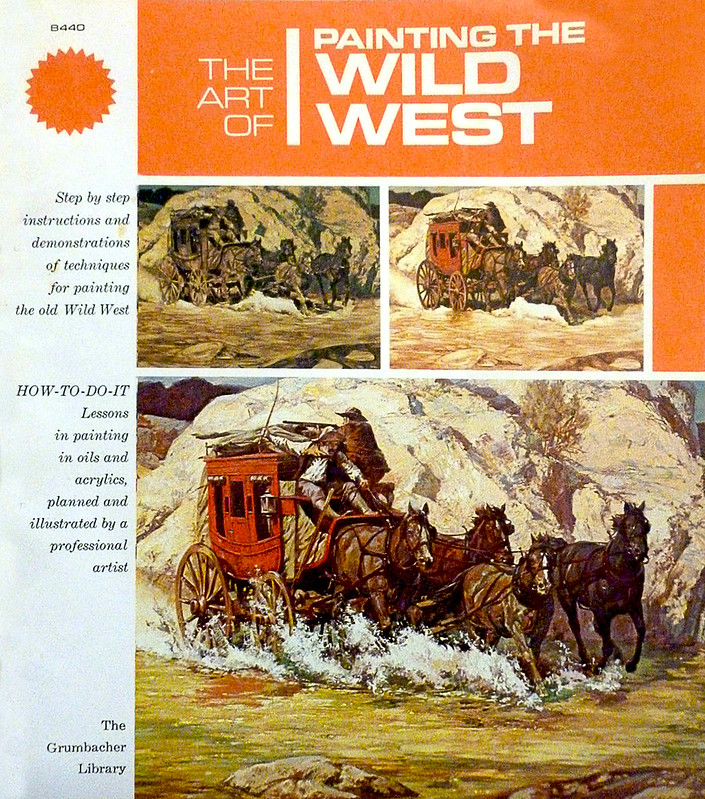
LP: Right. Did those "How To" books come about because you'd done the early books on dogs and cats?
SS: I don't think so. I might have mentioned to somebody that I could paint dogs and cats but it was Lester Rossin, who was a rep and he knew me and I knew him a little bit. He just said, 'Can you do a book on dogs for me' and I said 'yeah.' He was another one of these characters from those extravagant days... I went to his house in Stamford Connecticut and it was just a bonanza of artwork by illustrators who'd worked for him. Who never got their work back.
LP: Wow.
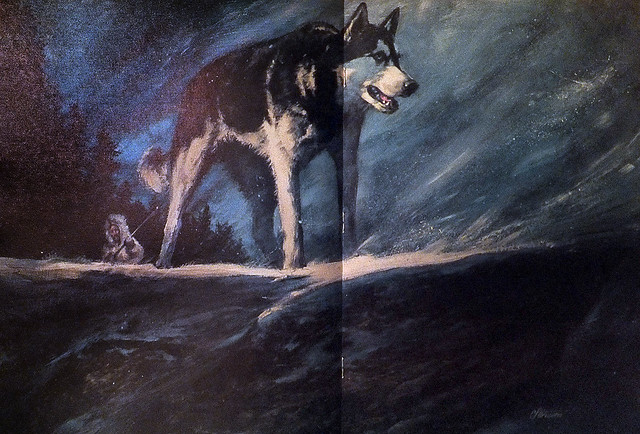
SS: In his day he was high on the echelon of art representatives. He would bring in Christmas baskets of champagne and cookies and Christmas hams to every art director of a lot of these big agencies.
LP: That's how you do it, I guess... you gotta get their attention... win their affection.
SS: Yup.

LP: So during this time as you were gradually becoming a full-time freelancer, did you socialize with a lot of other illustrators?
Were you sharing studio space with anyone?
SS: Yeah, I moved in with [Charles] McVicar and [Gerry] McConnell into a studio in the city because most of the studios that gave you the quickie stuff that really paid the bills wanted to know that you were local. So you didn't want to work out of your house out of town, you wanted to appear to be very local.
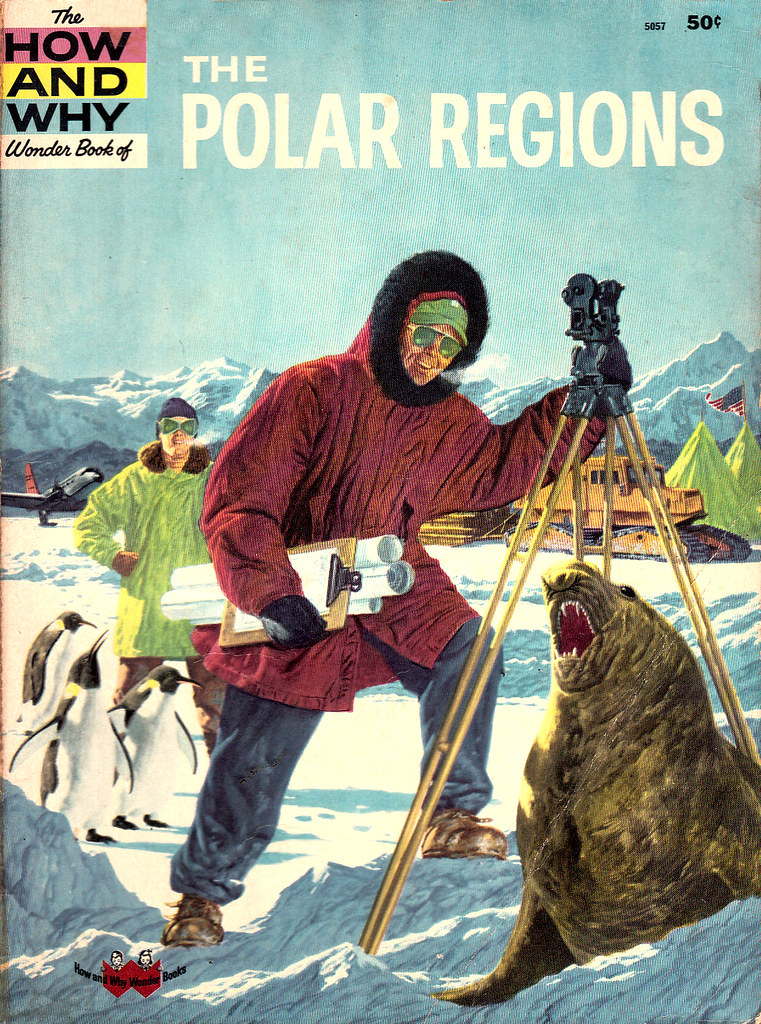
SS: Later we were in the 50s someplace... I can't remember. Then we moved down to 34th Street between Lex and Third. It was near Grand Central, where I also shared space with Barney Plotkin. You probably never heard of him.
LP: I don't think so, no.
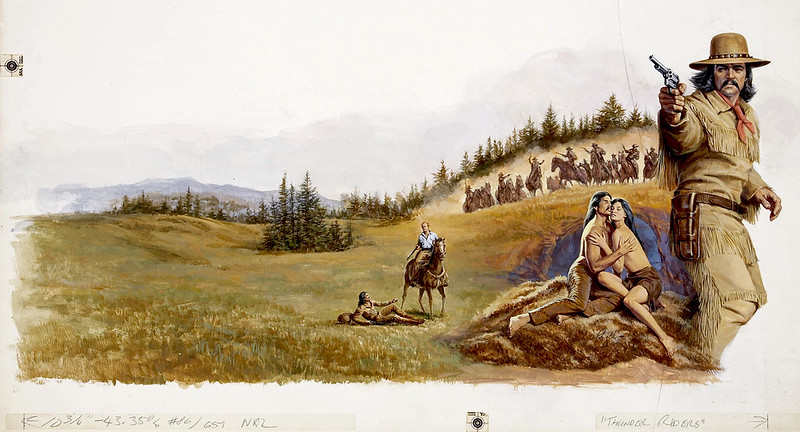
SS: There I took the space that Gerry McConnell had had. He'd been an apprentice to Dean Cornwell way back, so I got one of Dean Cornwell's old drawing tables.
LP: Wow, that's amazing! That is absolutely incredible!
SS: (Shannon chuckles) It was exactly like anybody else's drawing table.
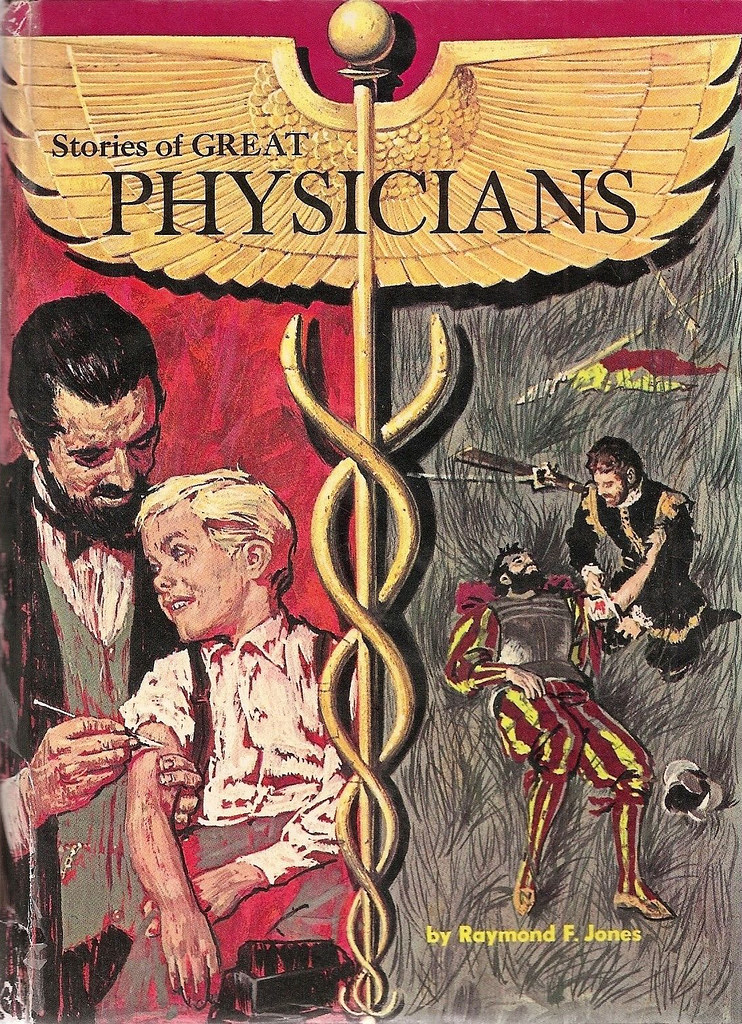
LP: (laughing) Well, yeah... I suppose...
SS: And none of the talent brushed off. (He chuckles some more)
Continued tomorrow...
Read Part 1 of the Shannon Stirnweis interview here
Read Part 2 of the Shannon Stirnweis interview here









Post a Comment